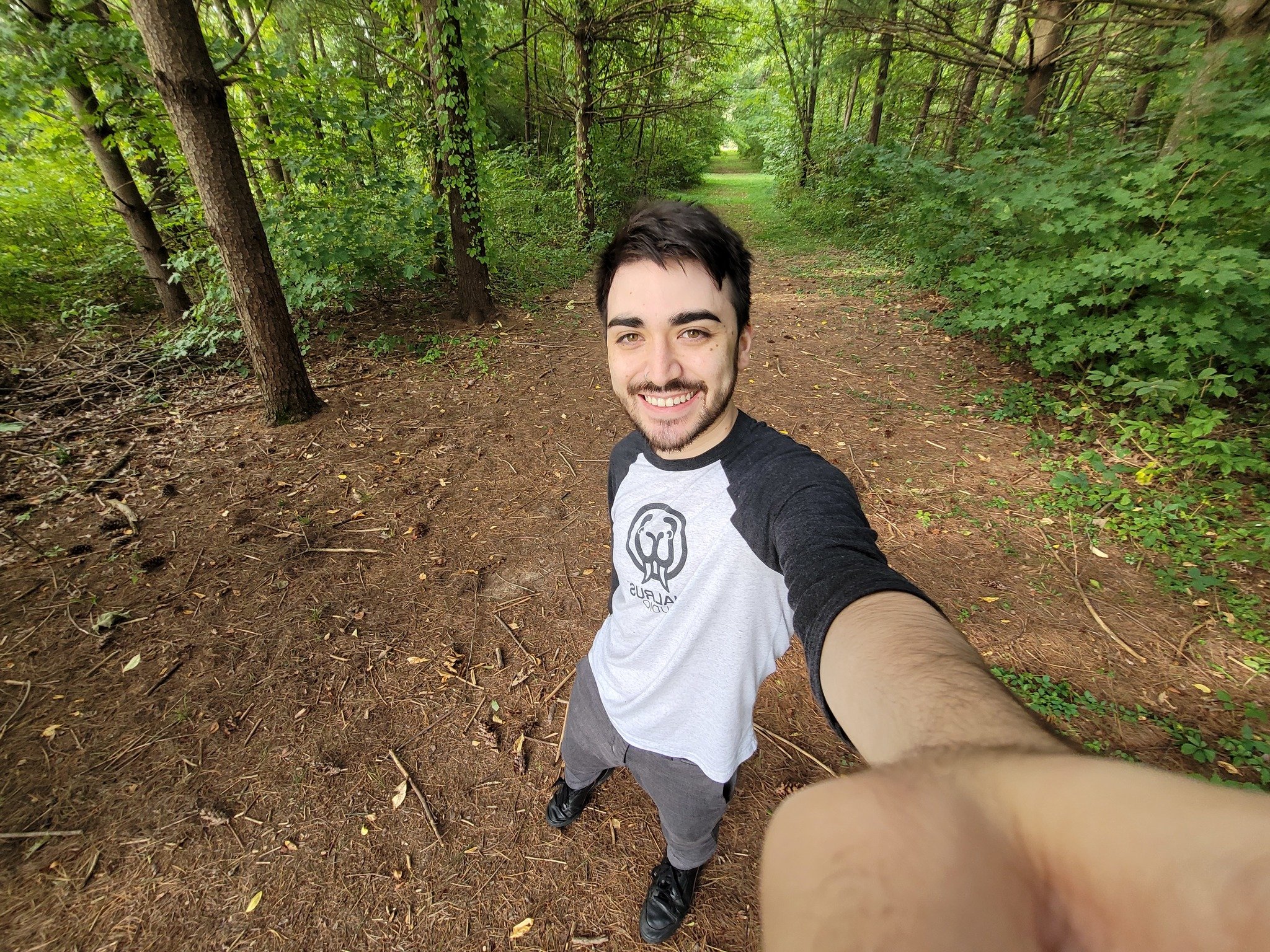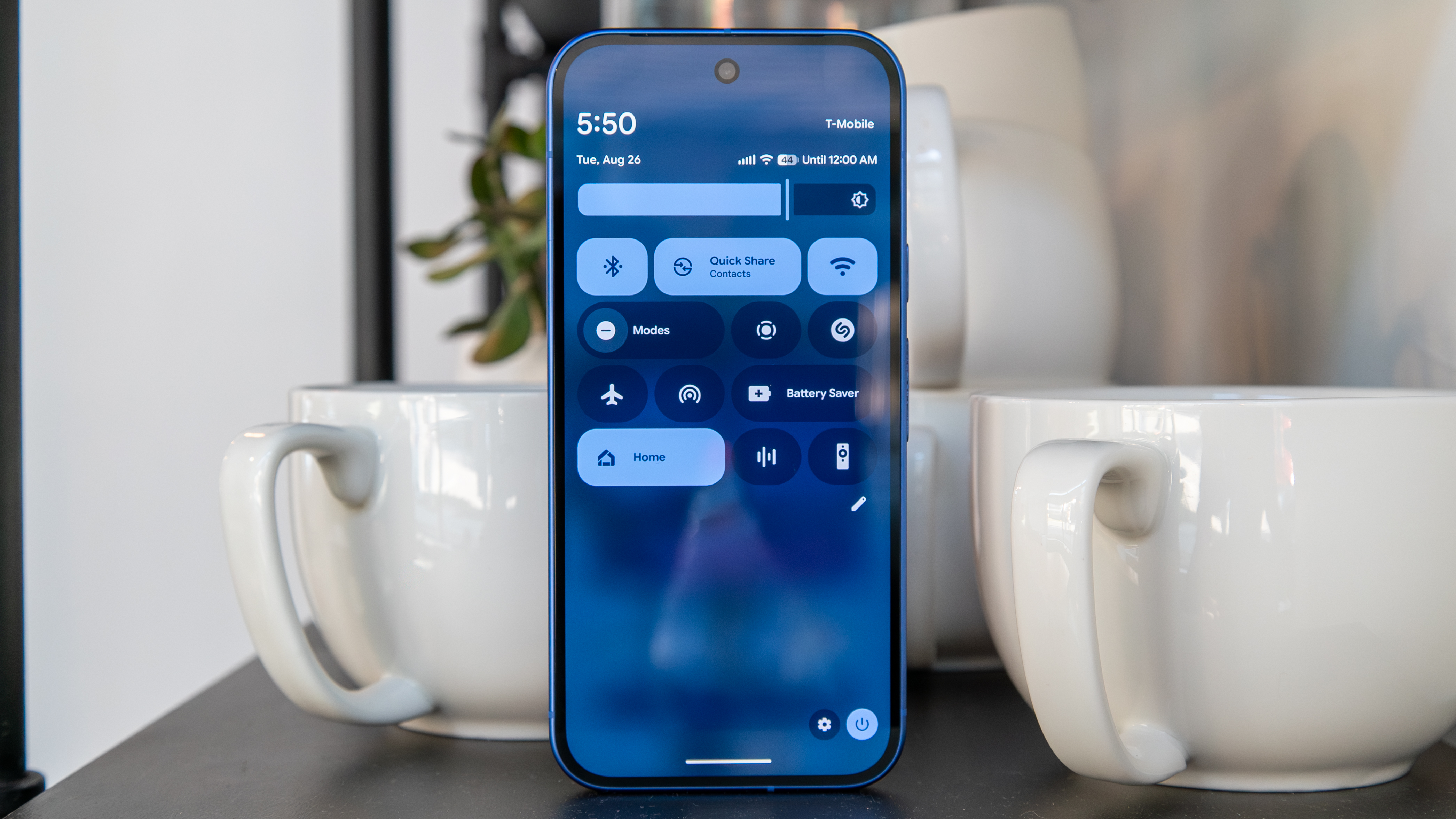The latest Android Compatibility Definitions prohibits using Android's camera APIs to alter facial appearance

What you need to know
- The Android 11 Compatibility Definition Document has been posted by Google.
- Among the list of rules is one stating that the Android camera software APIs can't alter faces.
- This may be part of facial recognition biometrics requirements.
The Android Compatibility Definition Document (CDD) is like a rule book for companies that want to make Android hardware and have access to Google Mobile Services and the Google Play Store. It's filled with both common-sense rules and obscure things nobody would ever think of, but people like XDA EiC Mishaal Rahman spend hours poring through it to see what's new.
The Android 11 Compatibility Definition Document is up: https://t.co/U5fXV2RBce
This document defines the requirements that all Android certified devices must meet.
Will keep a thread running on interesting findings:The Android 11 Compatibility Definition Document is up: https://t.co/U5fXV2RBce
This document defines the requirements that all Android certified devices must meet.
Will keep a thread running on interesting findings:— Mishaal Rahman (@MishaalRahman) September 8, 2020September 8, 2020
One of the changes that seems very interesting is in the Camera API Behavior section and it states that companies that want to pass Google's tests and have access to Google's services:
MUST ensure that the facial appearance is NOT altered, including but not limited to altering facial geometry, facial skin tone, or facial skin smoothening for any android.hardware.camera2 or android.hardware.Camera API.
The CDD doesn't go into detail why these rules are in place, so trying to interpret them often means a bit of speculation. I'm guessing that this has something to do with face geometry and recognition for phones that want to use strong biometric face unlock like the Pixel 4. The shape, tone, and "smoothness" of your face are carefully documented by the hardware that scans to take the initial images as well as scans to see if there is a match. Smoothing out wrinkles or changing your skin tone to add a healthy glow or some cheek flush would mean the "pictures" don't match.
Don't worry. Your next phone can still smooth your selfies.
This doesn't mean your next phone can't smooth out your selfies or give everything that subtle and mystical soft look that so many phones do now and so many people love. What it does mean is that a phone maker can't use the standard camera2 API (the old camera API is now depreciated, by the way) to control the camera and make it happen.
A company like Samsung will have to write its own software that either smooths the image after it's captured and "assembled" into a usable photo or build an entire API of its own that can be used when we want to change the way we look in a photo. This is probably how companies are doing it anyway, but it's now a requirement.
All this begs the question: do you use any sort of beauty filters when you take a selfie?
Get the latest news from Android Central, your trusted companion in the world of Android

Jerry is an amateur woodworker and struggling shade tree mechanic. There's nothing he can't take apart, but many things he can't reassemble. You'll find him writing and speaking his loud opinion on Android Central and occasionally on Threads.
